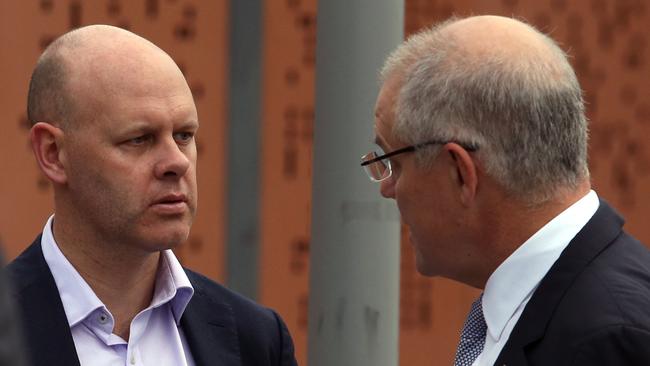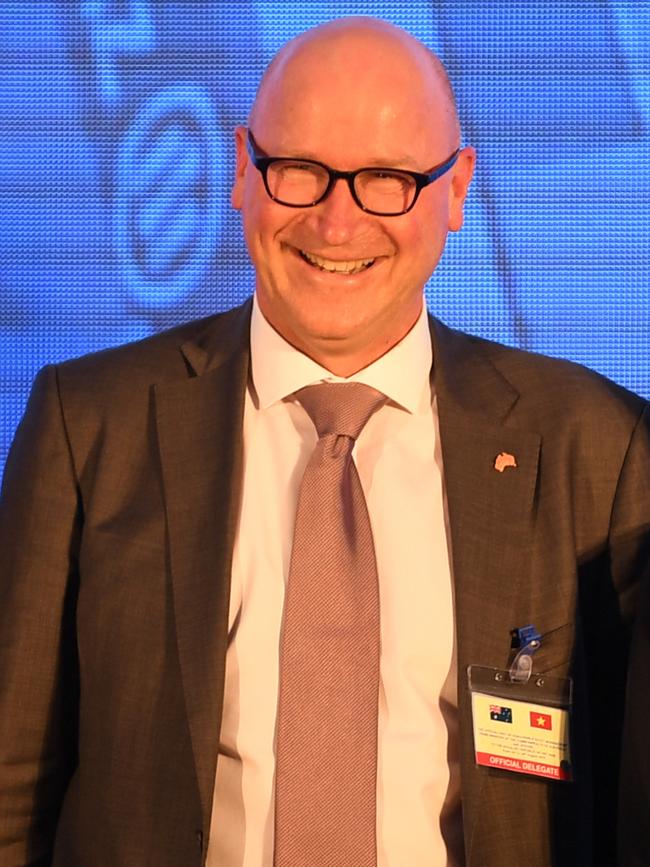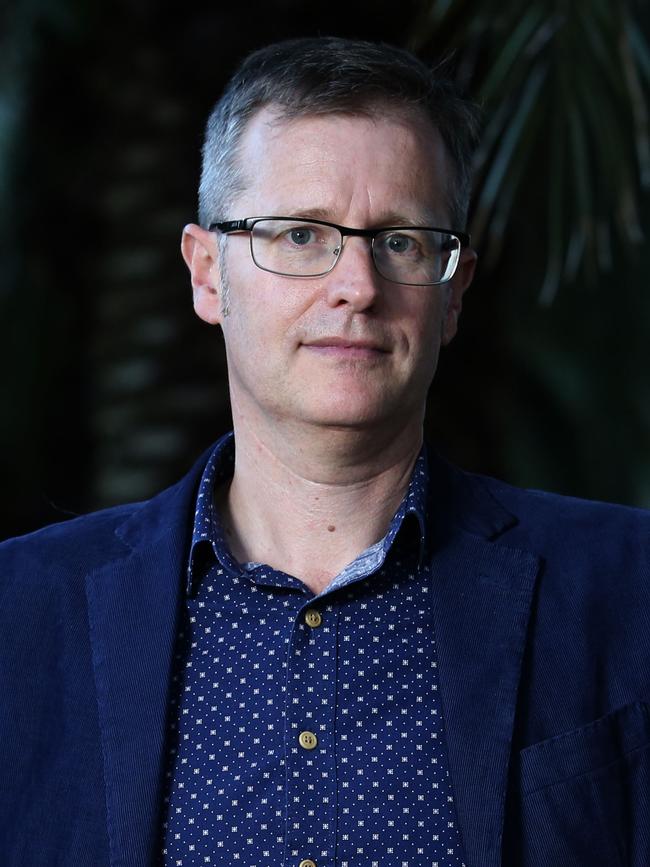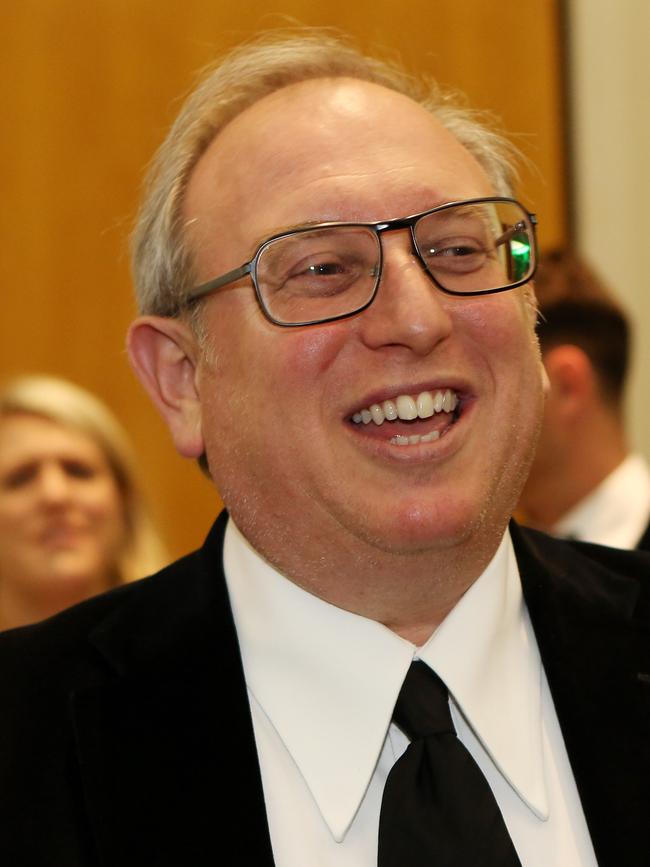
The Prime Minister’s most senior advisers are men, a huddle that includes chief of staff John Kunkel, principal private secretary Yaron Finkelstein and director of communications Andrew Carswell.
There are 51 staff in the Prime Minister’s Office, 29 men (57 per cent) and 22 women (43 per cent). According to his office, Mr Morrison has 11 men and 10 women in “senior positions”. It is understood women are key advisers on national security, agriculture and education and women’s issues, while others are tasked with strategy and media relations.

In the top echelon of advisers, or 30 chiefs of staff to ministers, the Coalition employs 25 men and five women in the portfolios of finance, agriculture, health, defence and industry.
According to women who have worked at the pinnacle in Canberra, party culture, patriarchy, biology and the demands of politics are to blame for the gender imbalance.
“Political parties are not reflective of the general community,” a former senior adviser to a Liberal prime minister told The Australian.
“Our leaders should be seeking outside advice about how to deal with difficult issues that are before the political class. The corporate world and the public service have changed with the times and are better for it.
“One thing that won’t easily change is the daunting task of working from five in the morning to 10 at night. That’s what’s required at the top level. How can you manage to have any kind of normal life, let alone young children, with that?”
Amid revelations of lewd behaviour by Coalition men and rape allegations by former Liberal staffer Brittany Higgins, Annie O’Rourke says culture within politics is “the red-hot issue of the moment”.
“Unfortunately, the culture still seems to be very patriarchal and testosterone-fuelled,” says the former senior adviser to prime minister Kevin Rudd.
“There is no way this culture would be accepted in most public sector or private sector organisations. The reasons why it has been allowed to continue in political circles is that men dominate the most powerful positions in parliaments, political headquarters and staffing positions.”

Anthony Albanese is in a similar position to his main political foe on gender imbalance, with men occupying the most influential roles in his personal office, which insiders say is less hierarchical, given the workload is spread among fewer people.
The Opposition Leader employs 14 women among his 31-strong staff, or 45 per cent.
Former ALP national secretary Tim Gartrell is Mr Albanese’s chief of staff, Jeff Singleton is deputy COS and Matthew Franklin is head of media.
Gender balance on The Hill is woeful compared with the near parity at the top of the public service, but akin to areas such as company boards, the judiciary and professional service firms.
In the House of Representative and the Senate, there are 141 men and 86 women. The proportion of women in federal parliament is 37.9 per cent, with the Greens at 60 per cent, Labor at 47.9 per cent, Liberals at 26.1 per cent and Nationals at 25 per cent.
The Morrison government has eight women in its 30-member ministry, with six women in a 22-strong cabinet and two in the eight-person outer ministry.

Labor has 12 women in its 30-member shadow ministry, with 11 women among 23 people in shadow cabinet and one in the seven-person outer shadow ministry.
According to the latest State of the Service report, published in November, there was near-parity among the 2068 men and women in the bottom band of Canberra’s three-tier senior executive service, but women made up 42 per cent of the second band of 502 officials and 45.1 per cent of the SES elite of 133 mandarins who run departments and agencies.
Ms O’Rourke, president of the Elizabeth Reid Network, a support group for Labor women, said in politics, as in other fields, “men are over-represented in senior roles in large part because they’re not taking on the double burden of work and family care”:.
“Clearly, if you’re primarily getting advice from only one half of the population, you’re not getting very good or well-rounded advice,” she said.

“Many women have been raising the idea of quotas for staff in the same way the ALP has had quotas for elected women for some time. This would help ensure greater diversity, and remove some of the more archaic forms of boys-networking.
“The only positive that has come out of the events of recent weeks is that women are standing up, supporting each other cross-party and saying ‘enough is enough’. There is power in uncovering some of the uncomfortable truths and seeing the bipartisan nature of support among women staffers towards each other.”




Scott Morrison maintains women are at the centre of his life, but they are on the periphery in the circles of political and policy advice he receives.